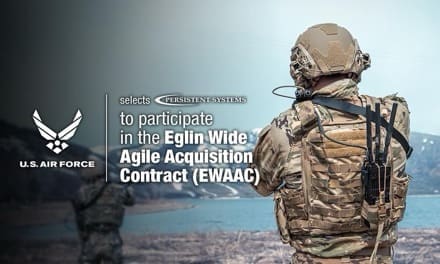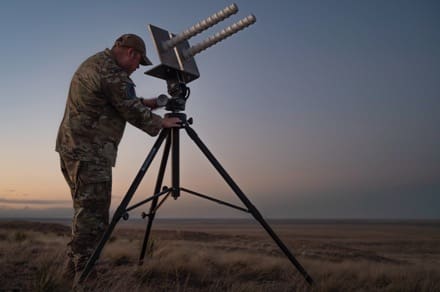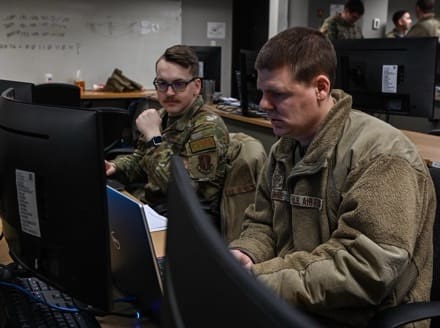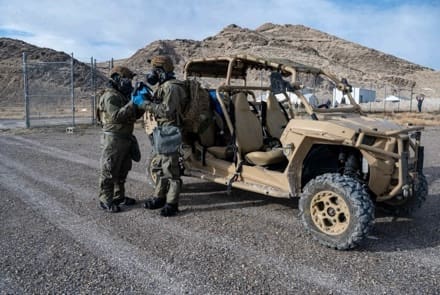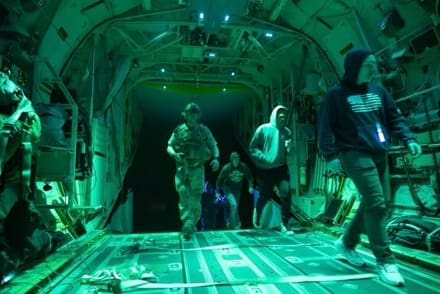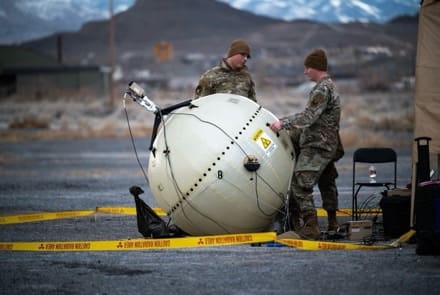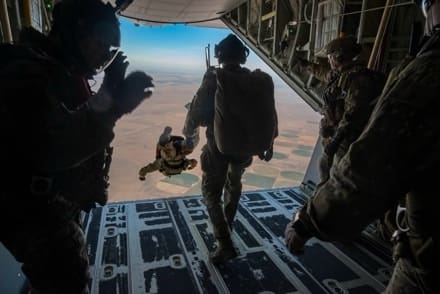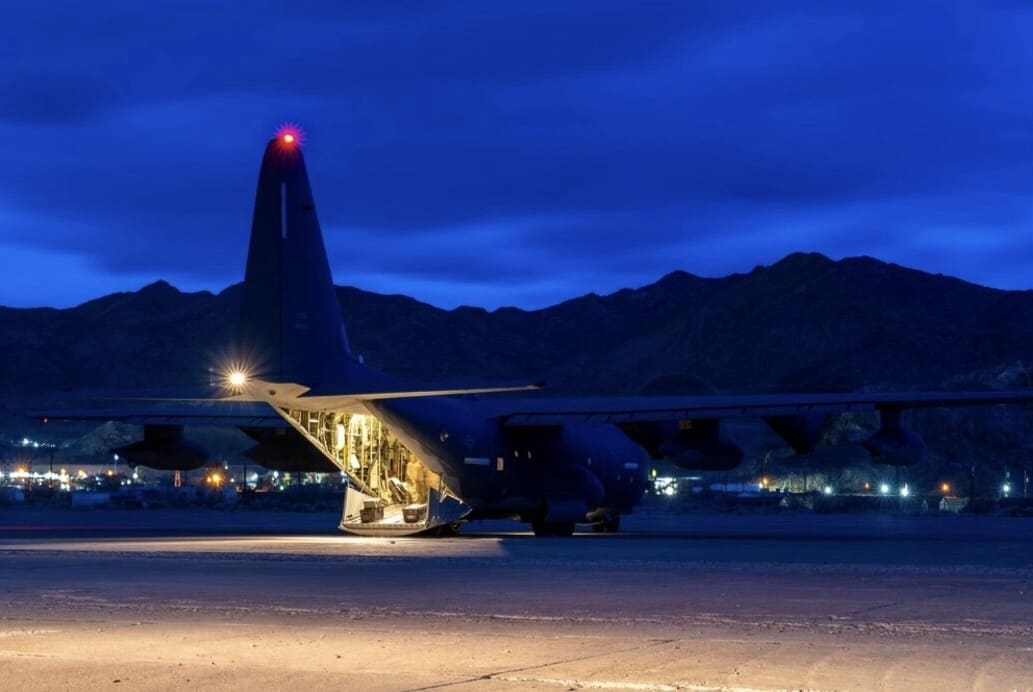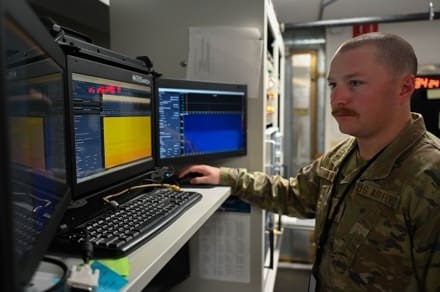
EGLIN AIR FORCE BASE, Fla. —
In order to establish readiness and further operationalize the wing, the 350th Spectrum Warfare Wing went into a warfighting posture during Rapid Raven 24-1, its first internal exercise designed to test its ability to wage war in the Electromagnetic Spectrum and meet combat requirements and timelines.
“The Air Force can’t succeed in war if our wing can’t execute its mission essential tasks at the speed of relevance,” said U.S. Air Force Col. Josh Koslov, 350th SWW commander. “Rapid Raven wasn’t just an exercise; it was a chance to attack our mission essential tasks as a whole and see what works and what doesn’t.”
During Rapid Raven, the wing challenged its members’ ability to sense and respond to changes in the EMS and rapidly reprogram mission data files (MDF) in a wartime environment, focusing on command-and-control elements.
“In order for us to beat China, we have to be able to do our job in less than three hours,” said Koslov. “It’s an easy thing to say but a harder thing to do. When you start peeling back three hours, what does that actually mean? We addressed that question this week.”
The results from this exercise will inform future tactics, techniques, and procedures in the wing, increasing the speed at which the Air Force can assert spectrum dominance and inform the requirements the wing needs. The exercise also identified requirements needed by the wing to execute its mission at the pace of battle.
“Rapid Raven was able to identify opportunities to go even faster in the future,” said Dylan Duplechain, 350th SWW chief engineer. “With modern, hardened communication pathways to receive and push data, as well as AI/ML [artificial intelligence/machine learning] tools to assist with decision-making, we can further improve warfighting lethality within our current portfolio.”
The exercise simulated 24-hour operations, beginning with the wing receiving an emergency operational change request for updated MDFs based on a new complex emitter, triggering the Electronic Warfare Integrated Reprogramming (EWIR) cycle across squadrons.
“We purposely chose threats in multiple bands [frequency range] that should affect most of the systems, requiring reprogramming,” said U.S. Air Force Maj. Joseph Ellis, 350th SWW A3 operations director. “It’s about stressing the wing in a combat-representative environment to the point where we’ll learn a lot about our skills to get better and faster.”
Reprogramming, or updating, MDFs is crucial in times of conflict to provide warfighters with data about the electronic landscape, to include latest threat intelligence, that allows aircraft, aircrew, and commanders to sense, identify, locate, and counter threats in the EMS.
Conducting rapid reprogramming of MDFs is paramount to combat the wartime reserve modes for systems and platforms used during conflict or emergencies, a point stressed by U.S. Air Force Chief of Staff Gen. David Allvin, during his nomination hearing in front of the Senate Armed Services Committee last September.
“In a high-end fight, warfighters require Spectrum dependent systems to win,” said Allvin. “These systems will operate on frequency bands across the entire Spectrum and are critical in a peer-contested environment. We expect our adversaries to attack across the Spectrum and we must be ready and responsive to that, by training and fighting in all parts of it.”
Throughout the exercise, all members captured data detailing timelines, effective aspects of procedures, and areas that impacted the speed of reprogramming for teams.
The feedback collected from across the wing will drive impactful change, increasing the pace of reprogramming operations and laying out the parameters necessary for the wing to effectively generate combat power through data to the warfighter.
“Data is our weapon and key to defeating any adversary and that’s what Rapid Raven focused on,” said Koslov. “The ability to receive, manipulate and turn that data into a combat capability that the warfighter can take into battle at the speed of relevance is what will allow us to win.”
The wing plans to expand the Rapid Raven exercise and ramp up the intensity and scope for future iterations as it continuously tests its ability to provide EMSO capabilities at a moment’s notice and meet the growing demand for Spectrum capabilities.
“We came to the wing about a year and a half ago and we talked about operationalizing the war fighting mission and war fighting culture,” said Koslov. “It took us a year and a half to build up to what we did this week, and it was awesome. Our Crows really embraced the warfighting culture that we need to beat our adversaries and China.”
At the conclusion of the exercise, the wing came together for an awards ceremony to recognize top performers who embraced the warfighting culture and led the way for reprogramming efforts.
The winners were:
Rapidest Ravens – 68th Electronic Warfare Squadron AV Shop
MVP – 39th Electronic Warfare Squadron EW Help Desk
Perseverance Award – 453d Electronic Warfare Squadron Threat Change Detection Team
By Capt Benjamin Aronson, 350th Spectrum Warfare Wing Public Affairs



